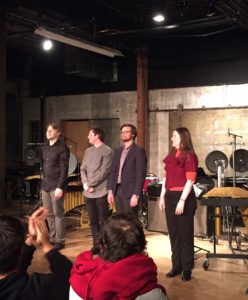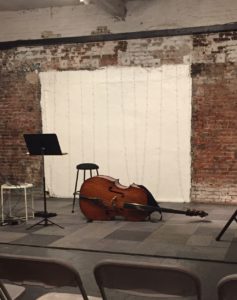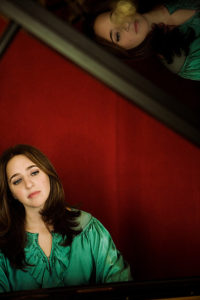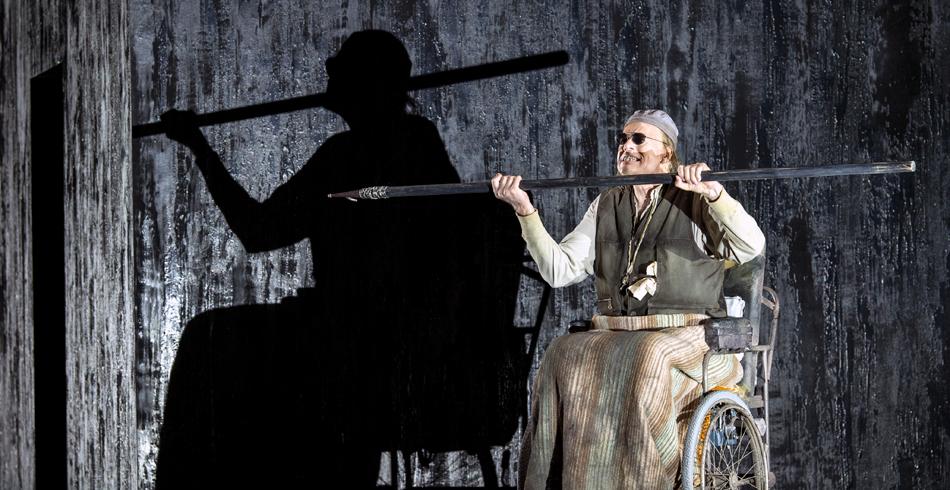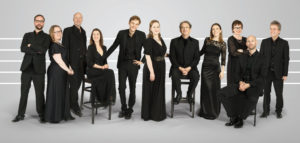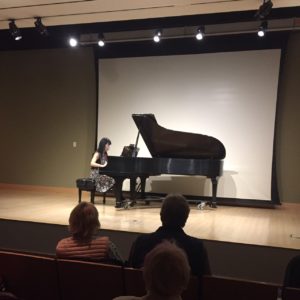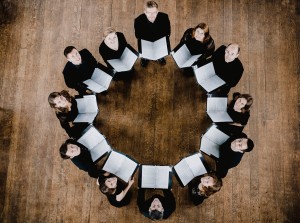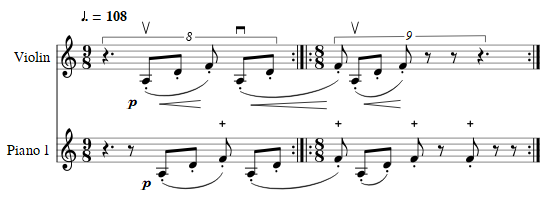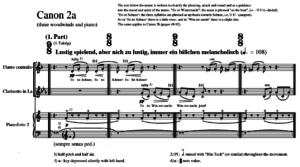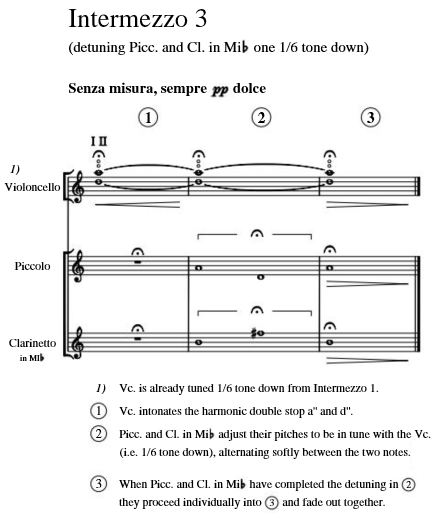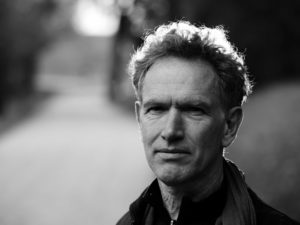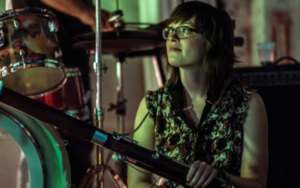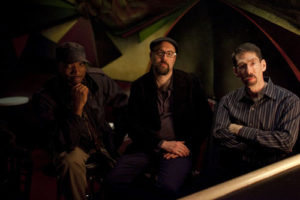
Photo: John Rogers.
Fred Hersch Trio
Village Vanguard
January 5, 2019
Sequenza 21
By Christian Carey
NEW YORK – Beginning the new year with a six-night long residency at the Village Vanguard, pianist Fred Hersch had a lot to celebrate. His current trio, in which he is joined by bassist John Hebert and drummer Kevin McPherson, has been together for a decade. They have received a Grammy nomination for their 2018 Palmetto Records CD Live in Europe. In December, Palmetto released another recording of Hersch in a trio setting, this one from 1997 with bassist Drew Gress and drummer Tom Rainey. 97 @ The Village Vanguard is the only live recording of this acclaimed ensemble. The CD also documents Hersch’s debut as a leader at the Village Vanguard.
Many celebrations include guests and Hersch’s residency was no exception. For the last three nights of shows, alto saxophonist Miguel Zenón, a Grammy nominee himself and a Guggenheim Fellow and MacArthur Award winner to boot, joined the trio. It proved to be a felicitous pairing. After the trio opened the set with Hersch’s meditative “Plainsong,” Zenón joined them on the pianist’s salsa original “Havana,” sending its sinuous melody soaring and building an exquisitely paced solo. Hebert and McPherson created a fulsome groove. McPherson’s ability to move from the pianissimo textural playing of “Plainsong” to the driving polyrhythms of “Havana” demonstrated versatility that turns on a dime. Hebert keenly targeted his playing too, moving between registers, engaging in melodic colloquy with Hersch, supporting the changes, and acting in concert with McPherson. All of this is even more noteworthy when one considers his uncanny ability to know exactly when and where to provide Hersch’s playing registral space.
Hersch’s music is often rhythmically intricate. In addition to the facility of the rhythm section, Zenón proved his mettle in the abstract phrasing and polyrhythmic environments of Hersch tunes “Snape Maltings” and “Skipping.” The latter tune elicited a verve-filled solo from Hersch. The pianist and saxophonist also made great foils for each other, one developing melodic breadcrumbs that the other had strewn in a previous solo. Zenón’s playing had a bite in the post-bop material, but was smooth and suave in the Lerner and Loewe’s “I’ve Grown Accustomed to Her Face.” Zenón’s composition “Temes” was an engaging part of the set, and it was fascinating to hear Hersch go to town on material new to him, displaying a vivid imagination.
Hersch frequently writes compositions in homage to other jazz artists. “Lee’s Dream” is a contrafact tune, using the changes of Nacio Herb Brown’s “You Stepped Out of a Dream” with a new melody. It is dedicated to Lee Konitz. “Monk’s Dream” is dedicated to Thelonious Monk. During his set at the Vanguard, Hersch had Monk in mind. The closer was a one-two punch of the pianist’s harmonically inventive version of “Round Midnight,” followed by the group playing a rousing rendition of “Let’s Cool One.” Obliged by applause to share an encore, Hersch chose Billy Joel’s “And So it Goes,” starting in eloquent simplicity and then transforming the tune with intriguing modulations into a Chopin-esque reverie. The sold-out crowd seemed delighted to share in the celebrations.
